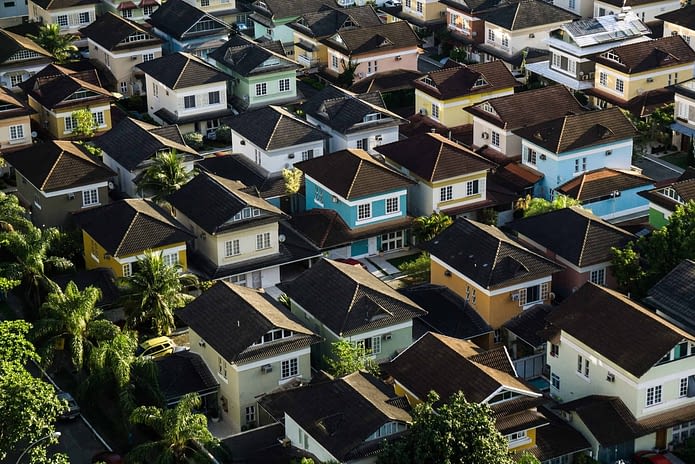
What features make new build homes sustainable?
There has been an influx of sustainable housing over the years, with new build homes constantly in development. These forward-thinking properties are a solid choice for a forever home due to having brand-new furnishings and a structural warranty policy in place.
But what you may not realize is that these buildings are designed to be eco-friendly. This is a requirement as well, since the government released new rules that new build homes must produce 30% less carbon emissions than older properties.
Not only does this improve efforts to help the UK achieve net zero by 2050 but it can also help you as a homeowner to reduce your environmental impact and save money. Here are some of the main features that make new build homes more sustainable.
Supporting local wildlife
The UK is home to a variety of wildlife; however, some species are gradually decreasing in number. This means housebuilders are liable for ensuring biodiversity is allowed to thrive around their developments.
Responsible new build property developers are placing biodiversity at the forefront of their practices, supporting it where possible. As an example, extensive pre-construction ecology assessments are being carried out to assess the suitability of habitats for protected species and come up with ways to mitigate the negative impacts of developments.
Other features include the addition of bee-friendly plants throughout the development and innovative ‘swift bricks’ that encourage nesting. All of these factors combined ensure new build homes are as eco-friendly as possible.
Using sustainable resources
Designing and constructing properties often leads to lots of waste and the use of non-recyclable materials but there are ways that this waste can be minimized.
A lot of new build developers now source environmentally-friendly building resources and use recycled materials. This helps to reduce overall waste and is a good indicator of a developer taking sustainability seriously.
Day-to-day practices are also highly important in ensuring sustainable measures are being adhered to. This means monitoring all processes, including the supply chain. As a result, developers work closely with their suppliers and find alternative solutions to reduce waste, whether this is using recycled materials for bathroom and kitchen appliances or reducing the number of deliveries.
High energy-efficiency ratings
Older properties in the UK are some of the worst in Europe for insulation, losing up to 3 °C every five hours. This doesn’t just make them colder; it also means they are generally more expensive to run and have a higher carbon footprint.
New build homes are usually cheaper to run due to having energy efficiency factored in from the design stage up to the finished product. Features like thermally-efficient insulation and argon-filled double-glazing windows reduce heat loss and allow heat from the sun to remain in the property, which minimizes the need for central heating – even in the winter.
Additionally, the appliances in new builds are often designed to use less energy and waste less water. For example, dual-flush toilets can save several liters of water each flush and brand-new boilers work at maximum efficiency. Some properties now harvest rainwater to be used for things like watering the garden or flushing toilets.